Norwegian BDSM Activist Behind WHO Decision To Remove Transvestic Fetishism And Sadomasochism From Psychiatric Diagnoses
Reduxx can reveal that the man who led a decades-long campaign pressuring the World Health Organization (WHO) to destigmatize fetishism, sadomasochism, and fetishistic transvestism, which is now included under the transgender umbrella, was a celebrated gay rights activist who ran a BDSM dungeon in Oslo. Svein Skeid, who passed away in December 2020, led the fetish rights campaign group Revise F65, which lobbied the WHO for decades and achieved their goal in 2018.
Skeid, renowned in Norway as a leading gay rights advocate, founded the Revise F65 committee in 1996 as a subsidiary of the National Association for Lesbian and Gay Liberation, or LLH, which has since become a trans activist group known as The Norwegian Organization for Sexual and Gender Diversity (Foreningen for kjønns- og seksualitetsmangfold – FRI).
“The purpose of Revise F65 is to remove Fetishism, Transvestism and Sadomasochism as psychiatric diagnoses from the ICD, the International Classification of Diseases, published by the World Health Organization (WHO) and translated into national versions world wide (mandate from the 1996 biennial national convention of LLH/FRI),” wrote Skeid in 2018.
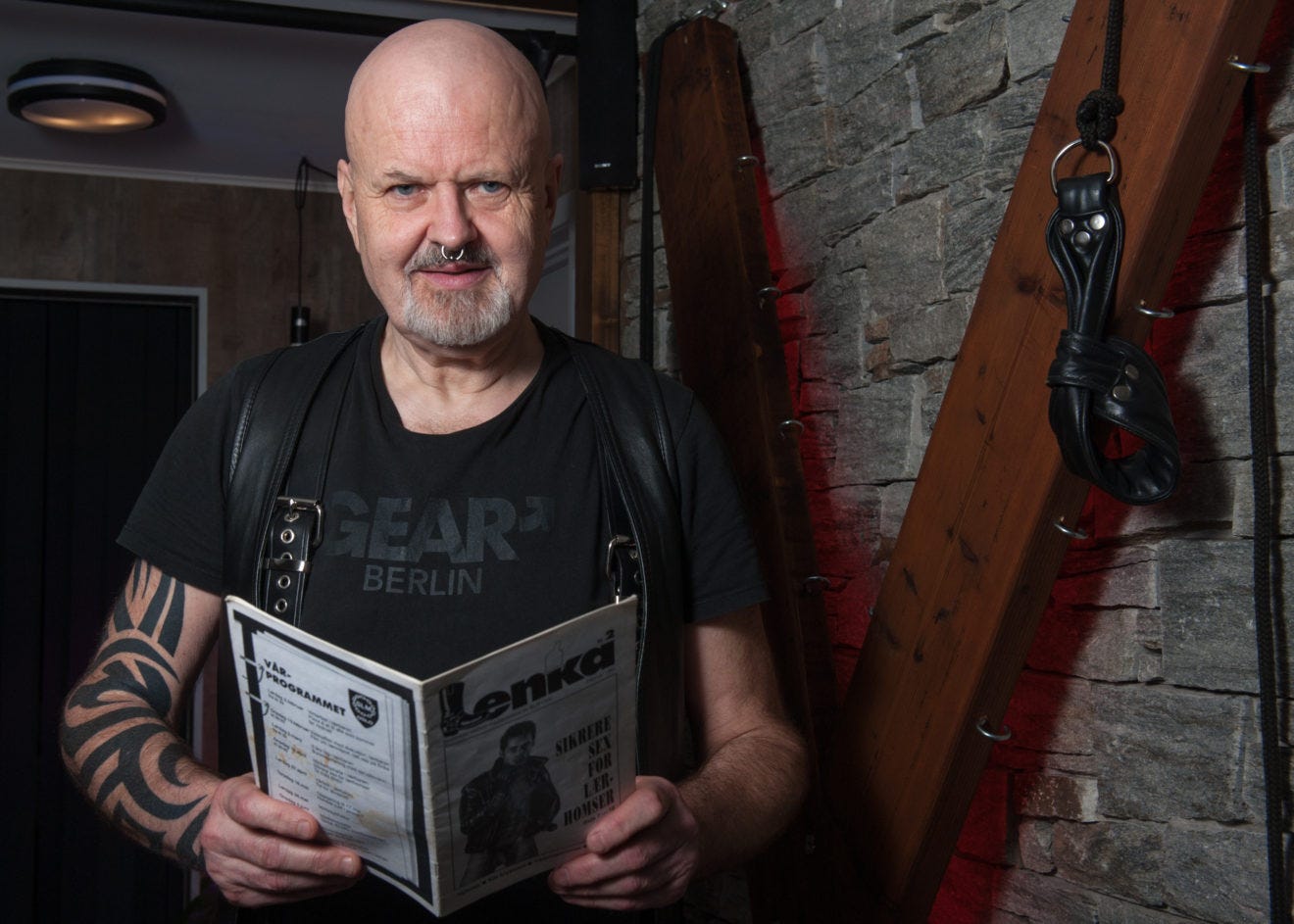
“The mandate was based on a national survey conducted among the nearly two thousand lesbian and gay members of LLH, ‘rejecting discrimination of leather, SM and transgender people, and judging this diversity as a valuable resource.'”
Skeid’s statement was written in response to the June 2018 decision by the WHO to remove the three psychiatric diagnoses Fetishism, Fetishistic Transvestism and Sadomasochism as “disorders of sexual preference” from their latest edition of the International Classifications of Diseases and Related Health Problems, the ICD-11.
In a statement justifying the decision, WHO said, “From WHO’s perspective, there is an important distinction between conditions that are relevant to public health and indicate the need for health services versus those that are simply descriptions of private behavior without appreciable public health impact and for which treatment is neither indicated nor sought.”
Revise F65, while targeting WHO for their campaigning, frequently incorporated a BDSM pride flag in their demonstrations. Skeid also became known for wearing fetish gear in public to promote his political cause.
Previously, the ICD-10 had listed the diagnoses under a section titled F65. The WHO had defined fetishistic transvestism as “the wearing of clothes of the opposite sex principally to obtain sexual excitement and to create the appearance of a person of the opposite sex.”
“Fetishistic transvestism is distinguished from transsexual transvestism by its clear association with sexual arousal and the strong desire to remove the clothing once orgasm occurs and sexual arousal declines. It can occur as an earlier phase in the development of transsexualism,” the ICD-10 reads.
The ICD-10 had further defined sadomasochism as a “preference for sexual activity which involves the infliction of pain or humiliation, or bondage,” noting that “often an individual obtains sexual excitement from both sadistic and masochistic activities.”
The revised ICD-11, under code 6D36, defines “gender incongruence” as including “a history of sexual excitement in association with cross-dressing,” which the WHO manual states, “can sometimes be a feature of Gender Incongruence that develops in adolescence or adulthood, but such a history is not a sufficient basis for diagnosing Paraphilic Disorder Involving Solitary Behaviour or Consenting Individuals.”
Leading up to the decision by WHO officials, the Norwegian Directorate of Health had, in 2010, already depathologized the paraphilias within the national diagnosis registry at the behest of Skeid and Revise F65. Skeid explicitly outlined his goal to influence diagnostic policies relating to transvestic fetishism and sadomasochism worldwide.
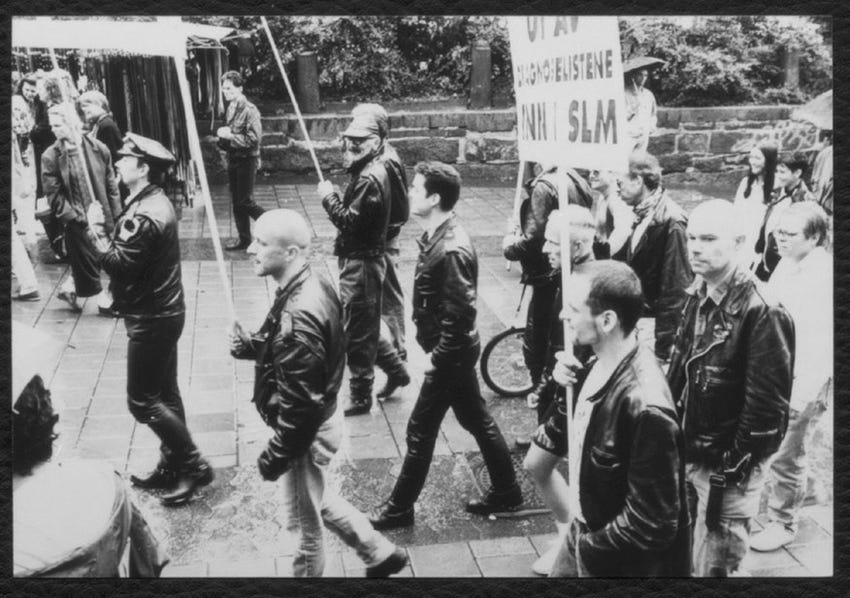
“In addition to national work, Revise F65 also have an international mandate to motivate other countries to remove their national versions of the SM/fetish ICD diagnoses,” Skeid stated. “The more countries that remove their diagnoses, the greater is the possibility that the World Health Organization will follow suit. This is what happened in many countries in the years before the World Health Organization removed homosexuality as a diagnosis from the ICD classification in 1990.”
While promoting sadomasochism through his activism with Revise F65 through LLH / FRI, Skeid was a prominent member of Scandinavian Leather Men (SLM), a homosexual BDSM organization, and ran a “private dungeon” in downtown Oslo.
“I didn’t want to admit the BDSM sides of me in the first years, and a lot of porn, rubber clothes and sex toys disappeared into the rubbish chute … before I entered the SLM environment in 1980,” Skeid said in a 2019 interview.
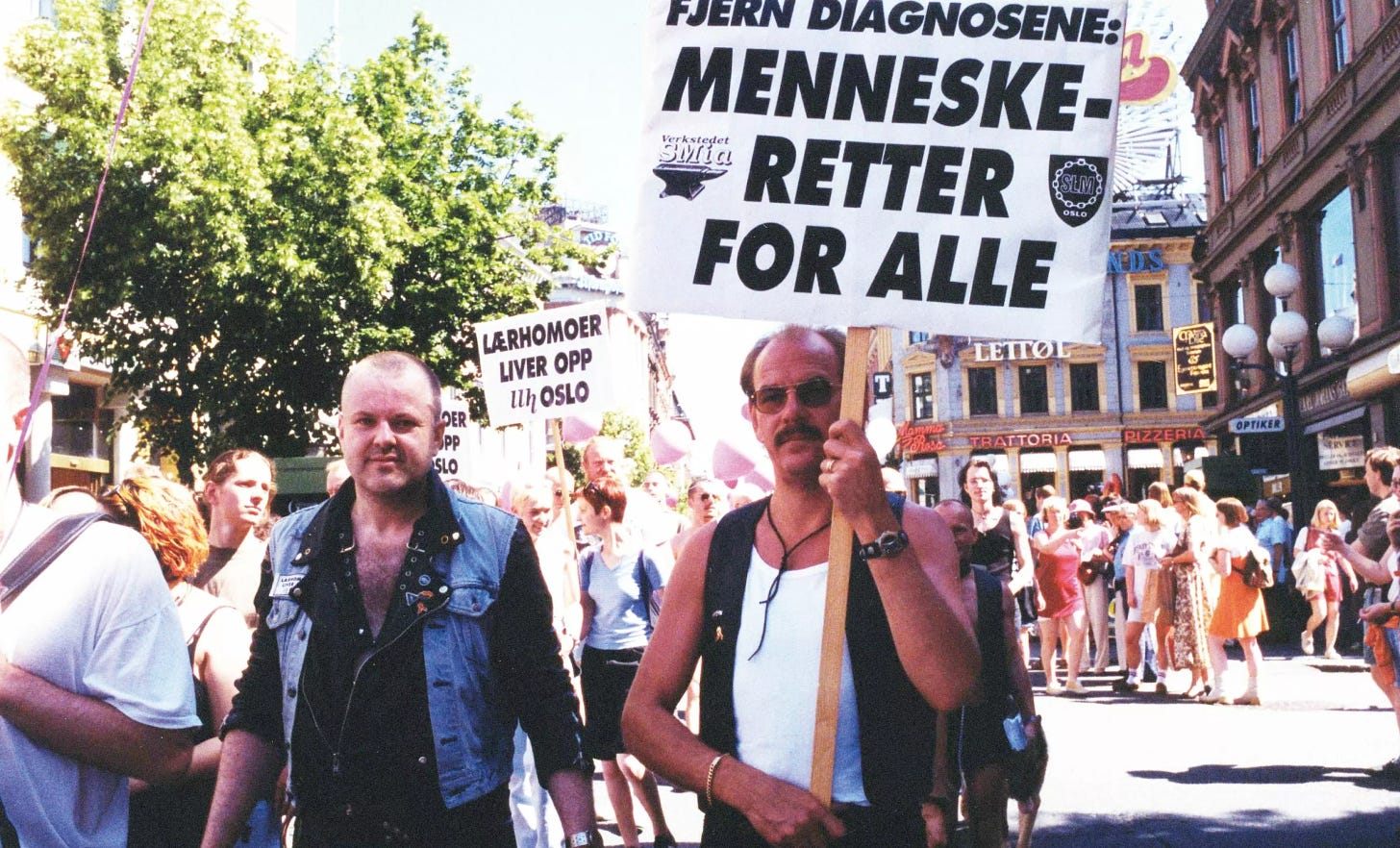
“We come out and flash our whole identity and sexuality,” Skeid told Blikk in 2020. “The parade is both a protest and a celebration. A fetish, whether leather, rubber, or something else, is part of our personality. Being able to make it public is liberating.”
WHO’s decision to follow the Norwegian Directorate of Health in depathologizing transvestic fetishism and sadomasochism was determined with the input of Columbia University professor Dr. Richard B. Krueger, a sex researcher and Associate Clinical Professor of Psychiatry.
While acknowledging Skeid’s campaigning, Krueger co-authored a 2017 report supportive of his aims which singled out the paraphilias listed in the ICD-10’s category F65, noting that, according to Skeid, “the three diagnostic categories in ICD-10: Fetishism (F65.0), Fetishistic Transvestism (F65.1), and Sadomasochism (F65.5), should not be considered illnesses and should be removed from the ICD.”
Krueger, who has served as Medical Director of the Sexual Behavior Clinic at New York State Psychiatric Institute, was a member of the American Psychiatric Association’s Paraphilias Subworkgroup, and responsible for the APA’s fifth edition of the Diagnostic and Statistical Manual (DSM-5) entry for pedophilia.
During the DSM revision process, Krueger consulted with pro-pedophile activist group B4U-Act, which campaigns to have pedophilia recognized as a sexual orientation and was co-founded by convicted child rapist Michael Melsheimer. Melsheimer had explicitly stated that the purpose of the organization was to normalize pedophilia where the National Association of Man-Boy Love (NAMBLA) had failed to do so. The B4U-Act co-founder also coined the term ‘MAP,’ an acronym for Minor-Attracted Persons, a term which is gaining traction in academic publications.
Diagnostic criteria for individuals classified as demonstrating pedophilic tendencies in the latest edition of the DSM, to which Krueger contributed, states, “if they report an absence of feelings of guilt, shame, or anxiety about the impulses… and their self-reported and legally recorded histories indicate that they have never acted on these impulses, then these individuals have a pedophilic sexual interest but not pedophilic disorder.”
Another notable member of LLH / FRI involved in a leadership capacity in Norway recently came to international attention after being arrested for performing dozens of sadomasochistic castrations out of his home in North London. Norwegian national Marius Gustavson, 46, uploaded recordings of the illicit surgeries to his ‘Eunuch Maker’ website, which was part of a larger network of men who aided Gustavson and performed fetishistic amputations and other procedures for sexual gratification.
From 2001 through 2007, Gustavson was Chairman of the Board for the Buskerud chapter of The Norwegian Organization for Sexual and Gender Diversity, or FRI (Foreningen for kjønns- og seksualitetsmangfold). During the period in which Gustavson was active in the organization, FRI was campaigning to have sadomasochism and fetishism depathologized.
The issue of whether fetishism is a central component of Pride celebrations has been discussed in Norwegian media recently. Parents in Ålesund protested against the Pride flag being flown in public schools and kindergartens, resulting in the symbol being banned from being displayed at educational institutions.
A public debate was held on national news channel NRK last week and featured Kristiansand city council representative Helène Rosvold Andersen, who argued that Pride is a political ideology and therefore an inappropriate topic to be discussed in schools. This perspective was echoed by Gunnhild Kristin Borlauge, herself a lesbian, who said that Pride celebrations had become “sexualised.”
Both the current president of SLM and the leader of Pride Oslo opposed the women’s concerns about fetishism and gender ideology being included in events aimed at homosexual rights. Current director of FRI Viljar Eidsvik argued that it is “extremely important to educate children about the diversity that exists at school” due to the presence of “queer students.”
SLM president Marius Hofseth, who attended the debate in fetish gear, claimed the BDSM group had an important role in the community. Hofseth argued that homosexuals owe their rights to both transgender activists and the leather-fetish communities.
Originally written for and published by Reduxx, your source for pro-woman and pro-child safeguarding news.



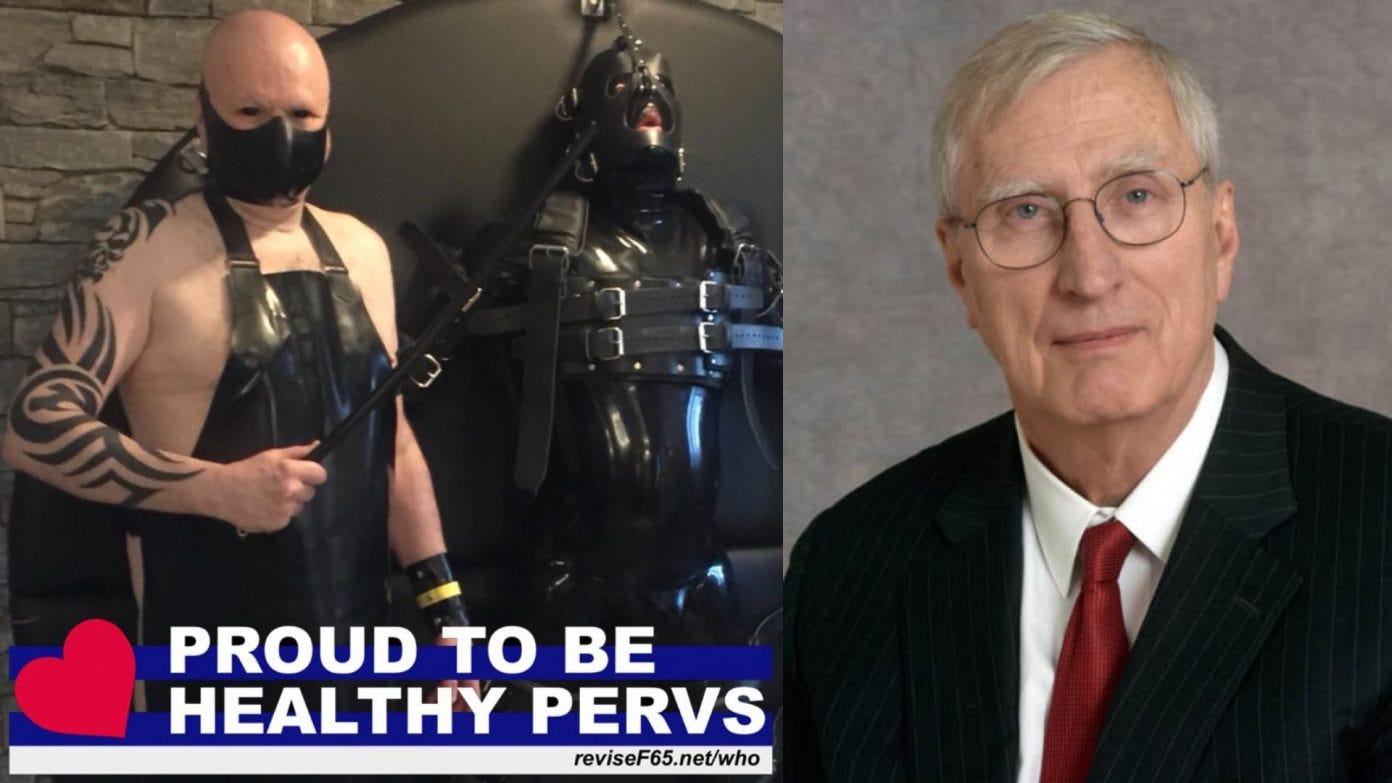


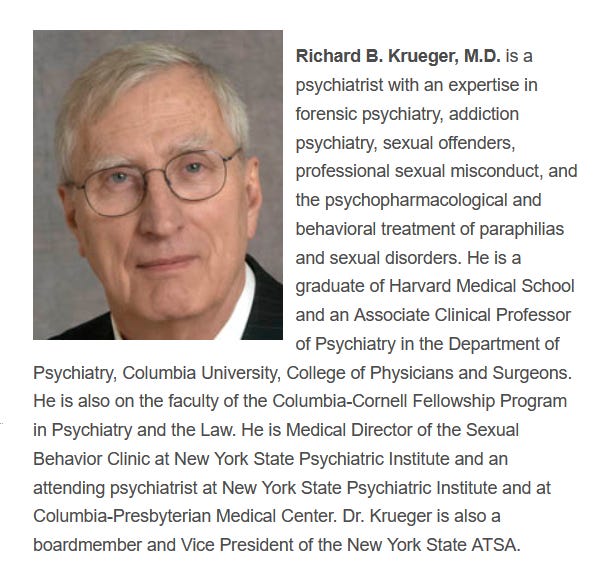
A leading Gay Rights activist!!!!
There seem to be a lot of those who we end up finding out were destructive manipulative perverts the whole time they were pretending to fight for love 💕
vomit